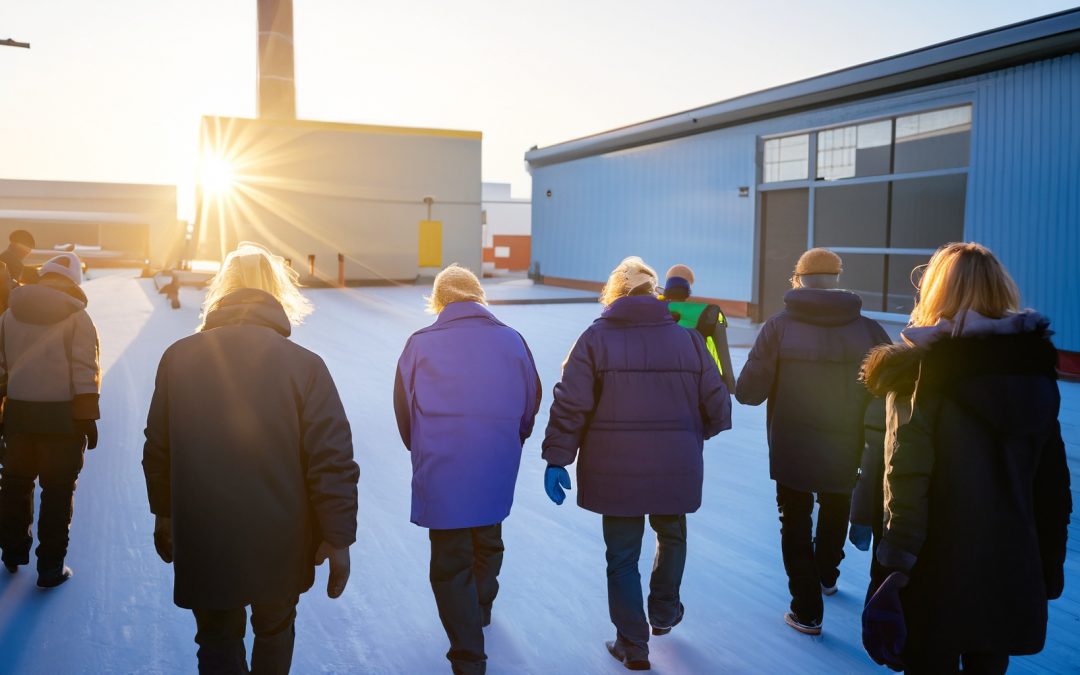Whether warm air heating is the right choice for your commercial premises depends on several factors, including the size and layout of the building, your budget, energy efficiency goals, and occupant comfort needs. Carefully consider the pros and cons and compare them to alternative heating systems before making a decision.
It’s also advisable to consult with a qualified HVAC professional who can assess your specific needs and recommend the most suitable heating solution for your commercial space.
Pros of Warm Air Heating for Commercial Premises:
- Fast and Even Heating: Warm air systems heat spaces quickly and distribute heat evenly throughout the building, making them ideal for large open-plan areas.
- Energy Efficiency: Modern warm air systems can be very energy-efficient, especially with features like programmable thermostats and zoning controls.
This can lead to lower energy bills and a reduced carbon footprint. - Improved Air Quality: Some systems can integrate air filtration, removing dust, allergens, and other pollutants from the circulated air. This can improve indoor air quality, especially beneficial for businesses with allergy-prone employees or customers.
- Flexibility and Zonal Control: Ductwork can be routed to specific areas, allowing for targeted heating in different zones of the building. This can save energy and provide better comfort control for occupants.
- Relatively Affordable Installation: Compared to other heating systems like radiant panels or underfloor heating, warm air systems can be more affordable to install, especially in smaller buildings.
Cons of Warm Air Heating for Commercial Premises:
- Maintenance: Regular maintenance is crucial for optimal performance and efficiency. This can include filter cleaning, duct cleaning, and equipment checks.
- Draftiness: The movement of warm air can sometimes create drafts, causing discomfort for occupants. Proper duct design and airflow balancing can help mitigate this issue.
- Higher Running Costs (Large Spaces): In very large spaces, maintaining consistent temperature with warm air can be energy-intensive, leading to higher running costs compared to other options.
- Humidity Issues: Warm air systems can dry out the air, especially in winter. This can be uncomfortable for occupants and damage furniture and equipment. Humidifiers can be added to address this issue.
- Limited Control in High Ceilings: In buildings with high ceilings, maintaining consistent temperature throughout can be challenging, as warm air naturally rises.

